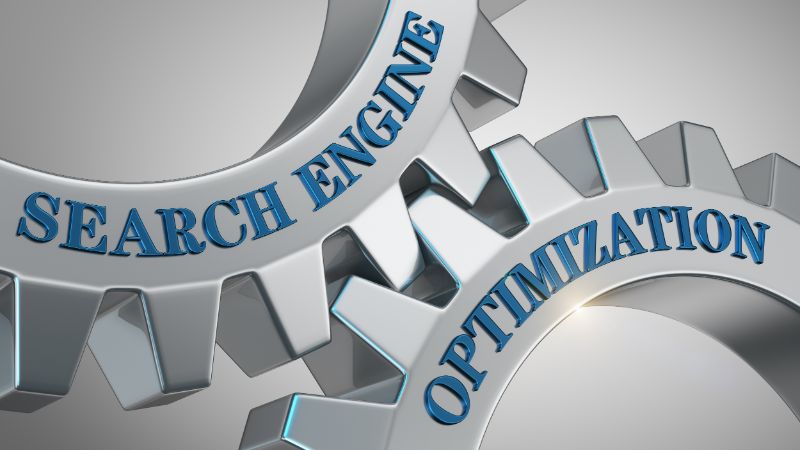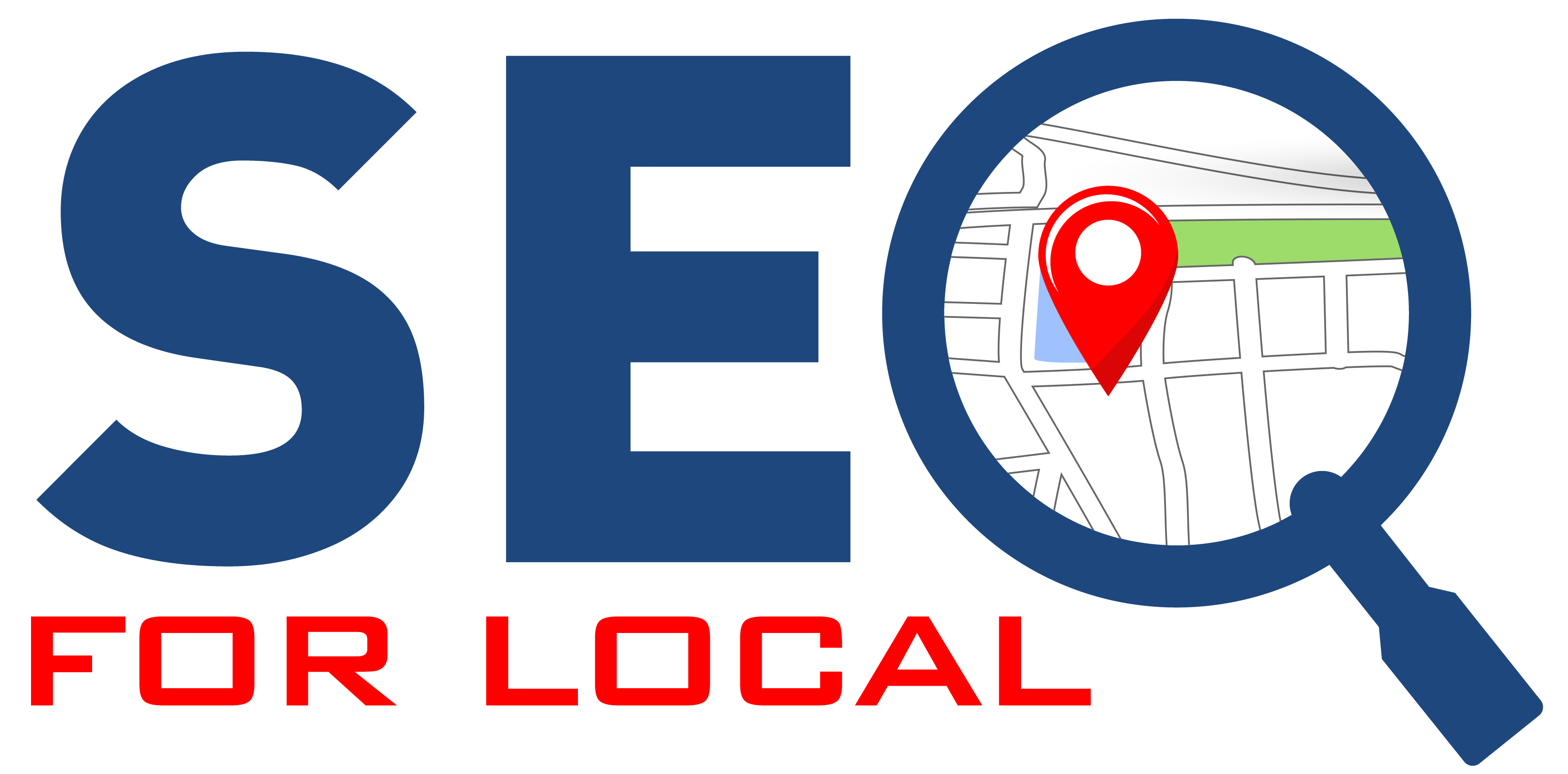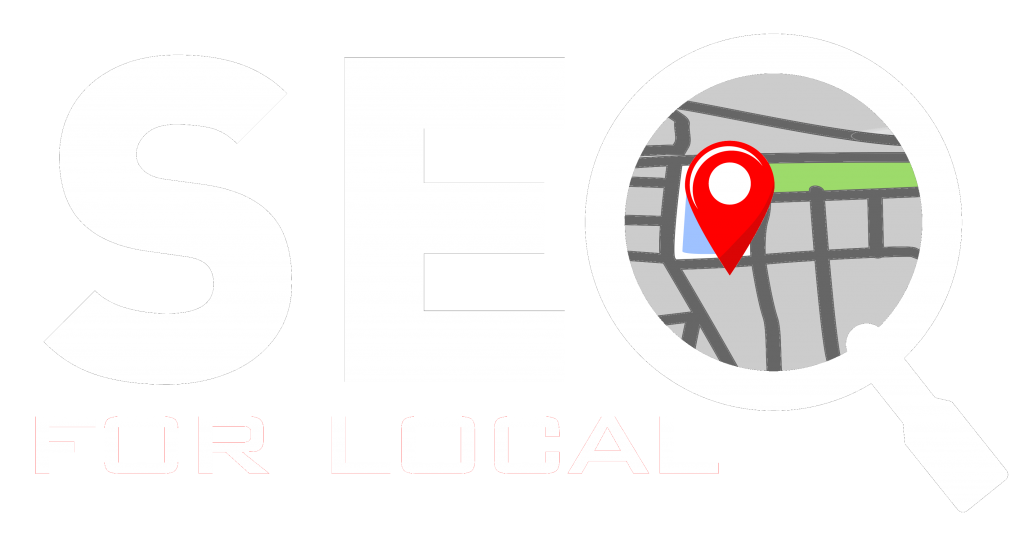
Your Search Engine Optimization Guide
Search Engine Optimization has been around since Google made it a necessary facet of Internet Marketing.
Since its inception, things have changed dramatically. For example, you must understand and follow the Google Search Algorithms.
You have to deal with panda, penguins, thin content, duplicate content, LSI Keywords, on-page optimization, and off-page optimization, and we’re just getting started!
To find out what you need to know in today’s SEO environment, continue reading.

Things To Know About
Search Engine Optimization
In a nutshell, search engine optimization (SEO) is the process of gaining visibility for your targeted keywords using proper keyword research, on-page optimization commingled with off-page SEO.
SEO done right gets you improved rankings in the search engines, namely Google. Since people turn to services like Google and Yahoo for their search needs, your site gets prioritized over others because it is appropriately optimized for SEO.
Over the long haul, SEO attains quality organic traffic, which means it takes more time and effort than initiating PPC pay-per-click ad campaigns. While it’s a lot more tedious to carry out, it leads to better long-term results, including higher conversion rates.
Let’s say a person types in a string of keywords into a search box; the search engine will then display results based on a complex set of rules referred to as an algorithm. These Algorithms are the deciding factors regarding which of your keywords will rank and where. They also determine if your targeted keywords will be relegated to the back pages of the SERPs Search Engine Results Pages, never to be found.
To give you an idea of how most search engine algorithms work, here are some of the factors that go into how they order keywords is the SERPs:
Search engines will always look through your content for a specific set of keywords used by searchers. The weight (or power) of these keywords depends on how much they are used throughout your content (keyword percentage) as well as their location.
Your keywords are the first indicator to the search engines as to what the page’s topic on your website is about. In addition to your primary keyword, you will need LSI keywords. LSI is Latent Semantic Indexing keywords.
These are keyword phrases that search engine algorithms deem necessary to be associated with your primary keyword or phrase. If you are missing LSI keywords, your rankings will be negatively impacted.
Together, these keywords are part of the computing (algorithm) that determines how the search engines will rank your web page against your competition.
These are hyperlinks that connect one page to another page on your website. Why is Internal linking critical? For starters, they make it easy for people to navigate your website.
Secondly, they set up and maintain a hierarchy of your website.
Thirdly, they help spread what is defined as link equity across your website. And lastly, they help spiders to crawl your entire site. Without Internal linking, spiders such as (Googlebot, Bingbot, MSNbot, and Yahoo Slurp) will miss crawling pages on your website, which effectively makes those pages invisible to search engines.
Other websites should have hyperlinks pointing back to pages on your website. These inward bound backlinks are critical in helping you rank organically; without them, you will not rank unless your targeted keywords are super-duper non-competitive.
In the eyes of the search engines, your website’s credibility and reputation increases when you have garnered backlinks from a mixture of authoritative websites as well as non-authoritative websites.
Search engines use programs called “spiders” to “crawl” through millions of web pages. These spiders crawl websites to gather information about the websites.
In turn, they relay this information to a massive bank of computers that use ranking algorithms to determine which pages will appear at the top of the SERPS Search Engine Results Page.
Organizing your site’s page structure is a way of making your website more hospitable to these “spiders.”
Every page on your site is more likely to be found if your pages are interlinked and your URLs are concise and relevant to your content.
SEO Consultants can make your site more navigable for visitors, but they can also manipulate how the HTML code is structured to make your site more “crawlable” to spiders.
A domain name that has aged (has existed longer than the competition)) ups your credibility and increases your priority over newer websites. An established background and history will always take precedence over “greenhorn” sites.
Search engine optimization, first and foremost, is a marketing tool. It essentially aims to target niche-specific audiences with the intent of driving them to your website.
SEO is a facet of search engine marketing (SEM) that utilizes SEO Analysts or brave DIYers to fine-tune websites for the sole purpose of increasing traffic.
When done right, search engines will generate a high percentage of the page views that your site gets. Studies from 2018 show that Google alone experiences a whopping 1.2 trillion searches annually.
Having a fully optimized website makes a huge difference since most consumers don’t click past the first page of the SERPs Search Engine Results Page. Competitive business owners may try to get a leg up by secretly paying for an increase in their site’s visibility.
However, with a little bit of patience and dedication, it is entirely possible to improve your rankings by refining your website without resorting to tactics like annoying SPAM emails, intrusive popup ads, or costly PPC campaigns.
It’s worth noting that a sound SEO strategy boosts PR; building a substantial online presence from scratch will gain your customers’ trust.
Getting more views on a page is one thing; it’s another thing to convert those views into sales, subscriptions, memberships, followers, and clients. To be crystal clear, it is not enough to draw potential clients to your landing page if your products or services don’t entice them to take action NOW!
There are numerous procedures used to improve a website’s conversion rate. A/B testing, for one, is a method of finding a better performance by comparing one version of a webpage and a different version of the same page. The page that provides the best performance is the one that is presented to the viewers.
Conversion rate optimization (CRO) can be laborious and highly technical. If you want to do it yourself, you need to be well versed in statistical analysis and programming to incorporate CRO into your business.
Luckily, there is available software like Optimizely, Google Analytics, and Unbounce. There are others, but Optimizely sets itself apart because it not only improves your CRO through various tests but also allows you to easily edit your site through its visual editor.

As you can see, Search Engine Optimization is not for the faint at heart. It often takes years of experience, lots of training, A/B testing, and many failures before a person succeeds at learning how to rank.
Additionally, in today’s SEO climate one needs multiple keyword research tools such as Ahrefs, SEMRush and Mangools. They also need tools to find backlink opportunities and the knowledge to spy on their competitors BUT! Once a person learns SEO, they will earn money for life!

